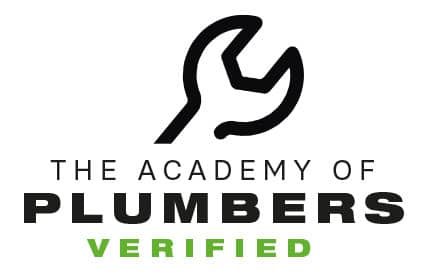NFPA 70E: Electrical-Safe Work Practices
Transworld, Inc. Electrical Contractors shares some of the updated definitions and codes from the new NFPA 70E 2018 edition.
Interested in becoming NFPA 70E Qualified?
Join us for the upcoming exclusive
NFPA 70E 2018: Electrical Safe Work Practices and Safety-Related Maintenance Course
Updated Definitions ->
- Electrical Safety Program
A documented system consisting of electrical safety principles, policies, and processes that directs activity appropriate for the risk associated with electrical hazards.
- Maintenance, Condition of
The state of the electrical equipment considering the manufacturer’s instructions, manufacturers’ recommendations, applicable industry codes, standards and recommended practices.
- Risk Assessment
An overall process that identifies hazards, estimates the likelihood of occurrence of injury or damage to health, estimates the potential severity of injury or damage to health, and determines if protective measures are required.
- Working Distance
The distance between a person’s face and the chest area and a prospective arc source
Updated Codes ->
105.3 Responsibility
105.3(A) Employer Responsibility.
- The employer shall have the following responsibilities:
- Establish, document, and implement the safety-related work practices and procedures required by this standard.
- Provide employees with training in the employer’s safety-related work practices and procedures
110.1 Electrical Safety Program
(B) Inspection.
- The electrical safety program shall include elements to verify that newly installed or modified electrical equipment or systems have been inspected to comply with applicable installation codes and standards prior to being placed in service.
130.2 Electrical Safe Work Conditions
(A) Energized Work
- (4) Normal Operating Condition. Normal operation of electric equipment shall be permitted where a normal operating condition exists. A normal operating condition exists when all the following conditions are satisfied:
1) …Properly installed
2) …Properly maintained
3) The equipment is used in accordance with instructions included in the listing and labeling and in accordance with manufacturer’s instructions.
4) …Doors are closed and secured.
5) …Covers are in place and secured.
6) …No evidence of impending failure
130.2 Energized Electrical Work Permit
(B) Energized Electrical Work Permit.
- (3) Exemptions to work permit.
* Electrical work shall be permitted without an energized electrical work permit if a qualified person is provided with and uses appropriate safe work practices and PPE in accordance with Chapter 1 under any of the following conditions:
1) Testing, troubleshooting, or voltage measuring
2) Thermography, ultrasound, or visual inspections if the restricted equipment if no electrical work is performed and the restricted approach boundary is not crossed
3) Access to and egress from an area with energized electrical equipment if no electrical work is performed and the restricted approach boundary is not crossed
4) General housekeeping and miscellaneous tasks if the restricted approach boundary is not crossed.
130.4 Shock Risk Assessment
(C) Documentation.
- The result of the shock risk assessment shall be documented.
130.5 Arc Flash Risk Assessment
(B) Estimate of likelihood and severity
The estimate of the likelihood of occurrence of injury or damage to health and the potential severity of injury or damage to health shall take into consideration the following:
- The design of the electrical equipment, including its overcurrent protective device and its operating time
- The electrical equipment operating condition and condition of maintenance
130.5 Arc Flash Risk Assessment
(G) Incident Energy Analysis Method.
- The incident energy analysis shall take into consideration the characteristics of the overcurrent protective device and its fault clearing time, including its condition of maintenance.
- The incident energy analysis shall be updated when changes occur in the electrical distribution system that could affect the results of the analysis. The incident energy analysis shall also be reviewed for accuracy at intervals not to exceed 5 years.
130.5 Arc Flash Risk Assessment
(H) Equipment Labeling
The method of calculating and the data to support the information for the label shall be documented. The data shall be reviewed for accuracy at intervals not to exceed 5 years. Where the review of the data identifies a change that renders the label inaccurate, the label shall be updated.
90.2(A)
- This standard addresses electrical safety-related work practices, safety-related maintenance requirements, and other administrative controls… during activities such as the installation, removal, inspection, operation, maintenance, and demolition of…



